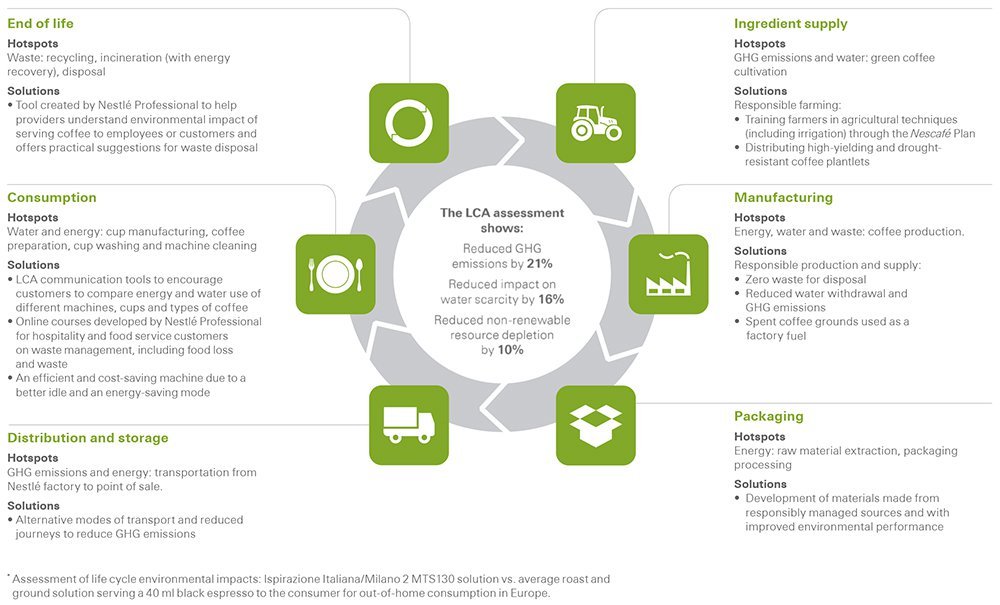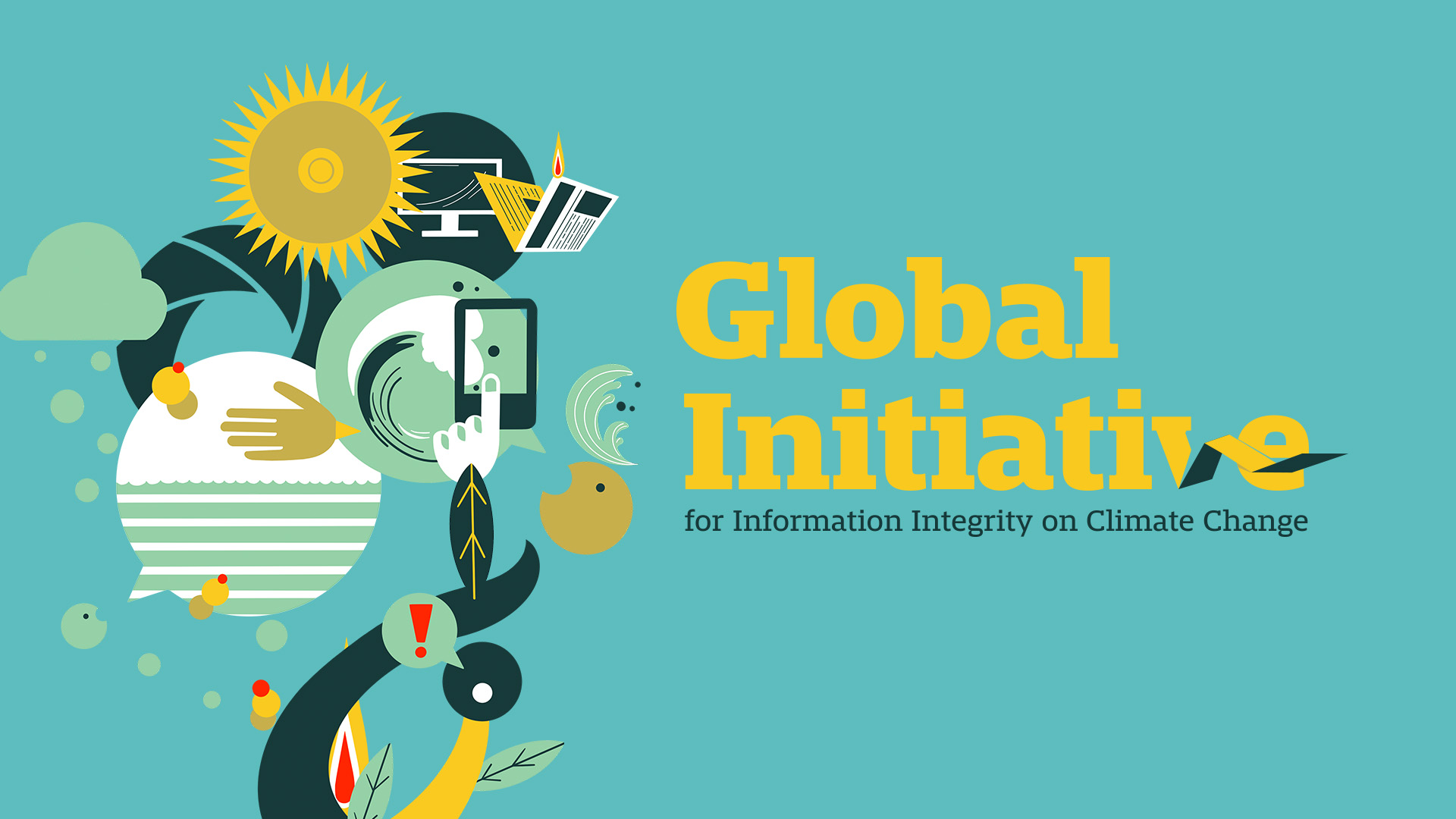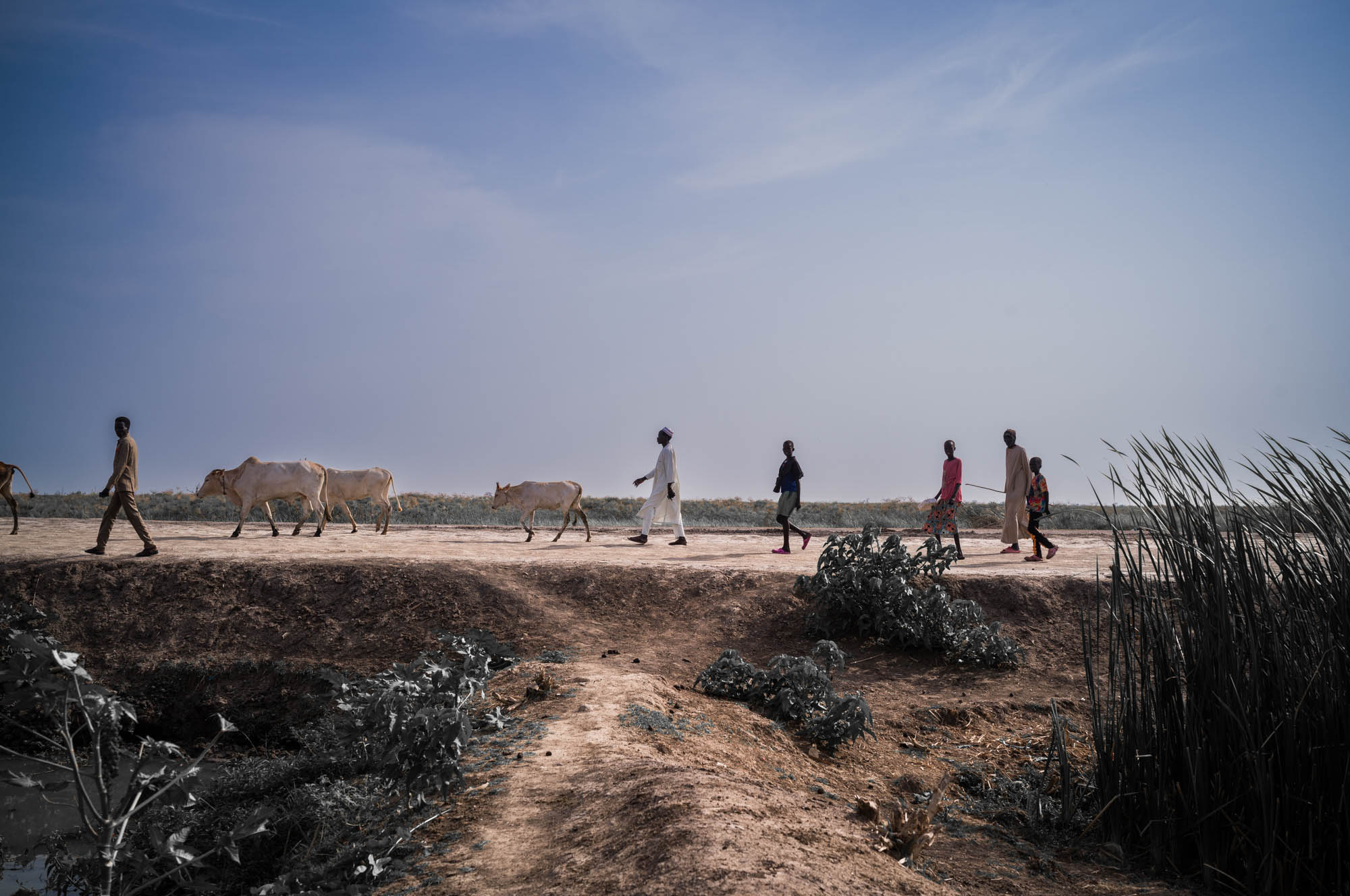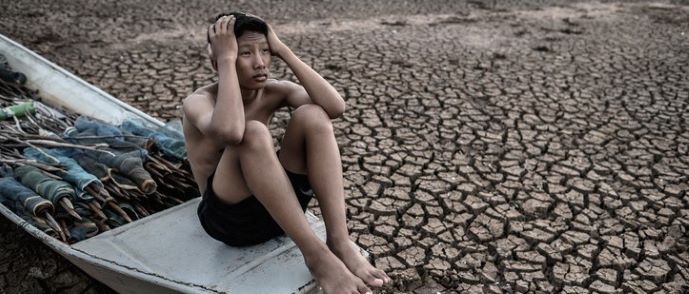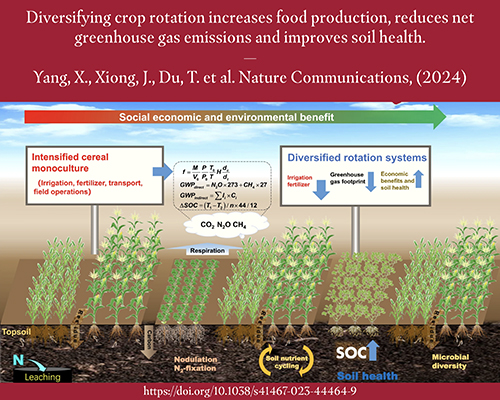Analysis of the Coffee Value Chain’s Environmental Impact and SDG Alignment
The global coffee industry, a cornerstone of daily life for millions, presents a significant environmental footprint that intersects with multiple Sustainable Development Goals (SDGs). As climate risks intensify, understanding and mitigating the carbon emissions associated with the coffee value chain is critical for ensuring the sector’s long-term viability. This report analyzes the primary sources of emissions and outlines decarbonization strategies, framing them within the context of the SDGs. The vulnerability of coffee cultivation to climate change directly threatens the livelihoods of farmers, impacting SDG 1 (No Poverty) and SDG 8 (Decent Work and Economic Growth). Projections indicating a potential reduction in suitable coffee-growing land of up to 97% by 2050 underscore the urgency for climate action.
Primary Sources of Carbon Emissions in the Coffee Sector
Analysis reveals that the majority of carbon emissions, ranging from 75% to 91%, are generated at the farm level, before the beans are processed and transported. These emissions stem from agricultural practices and initial processing stages, highlighting a critical area for intervention.
On-Farm Emissions Hotspots
- Land Use Change & Deforestation: The conversion of forests to coffee plantations is a primary driver of emissions, releasing significant amounts of stored carbon. This practice is in direct conflict with SDG 15 (Life on Land), which aims to protect terrestrial ecosystems.
- Fertilizer Application: The use of nitrogen-based fertilizers results in the emission of nitrous oxide (N₂O), a greenhouse gas 273 times more potent than CO₂. This challenges the principles of SDG 12 (Responsible Consumption and Production).
- Processing Methods: Wet milling, a common processing technique, produces organic-rich wastewater. If left untreated, this wastewater emits methane, a potent greenhouse gas, further impacting progress toward SDG 13 (Climate Action).
Post-Farm and Consumer-Level Emissions
- Milk Additives: The carbon footprint of a cup of coffee increases dramatically with the addition of dairy milk. A standard black coffee generates approximately 0.258 kg CO₂e, whereas a latte produces 0.844 kg CO₂e due to the carbon intensity of dairy farming. This highlights the role of consumer choice in achieving SDG 12.
- Transportation, Roasting, and Packaging: Downstream activities, including global shipping, energy-intensive roasting, and single-use packaging, contribute to the overall carbon footprint, necessitating a full lifecycle approach to sustainability.
Decarbonization Strategies and Alignment with SDGs
Targeted decarbonization strategies across the value chain can reduce a single cup of coffee’s emissions by as much as 45%. These interventions offer pathways to advance several SDGs simultaneously.
Agricultural and Processing Innovations
- Precision Agriculture: The data-driven optimization of fertilizer can reduce on-farm emissions by up to 10%, enhancing resource efficiency in line with SDG 2 (Zero Hunger) and SDG 12.
- Biochar Application: Converting agricultural residues into biochar improves soil health and sequesters carbon, offering a direct contribution to SDG 13 (Climate Action) and SDG 15 (Life on Land).
- Renewable Energy Integration: Transitioning to renewable energy sources, such as solar power, for roasting facilities and retail cafes supports SDG 7 (Affordable and Clean Energy) by reducing reliance on fossil fuels.
Supply Chain and Consumer Interventions
- Sustainable Packaging and Waste Management: Promoting the use of reusable cups over disposable ones and composting spent coffee grounds are key actions for responsible consumption under SDG 12.
- Informed Consumer Choices: Encouraging the adoption of lower-carbon plant-based milk alternatives and supporting brands with transparent commitments to sustainability empowers consumers to drive market transformation.
Framework for Sustainable Implementation and Collaboration
The primary challenge to decarbonization lies in implementation, particularly for the smallholder farmers who constitute the majority of global coffee producers. A successful transition requires a multi-stakeholder framework built on collaboration and shared responsibility.
Overcoming Barriers to Adoption
- Access to Climate Finance: Financial mechanisms are essential to help farmers invest in sustainable technologies and practices.
- Supply Chain Incentives: Embedding sustainability requirements and incentives into long-term purchasing contracts can create a robust business case for decarbonization, supporting economic stability for producers (SDG 1, SDG 8).
- Regulatory and Policy Support: Governments play a crucial role in creating policies that encourage and reward sustainable practices throughout the coffee sector.
Achieving a sustainable coffee future is contingent on collaborative action. In alignment with SDG 17 (Partnerships for the Goals), concerted efforts among farmers, corporations, governments, and consumers are required to transform the industry and mitigate its impact on the climate.
SDGs Addressed in the Article
- SDG 12: Responsible Consumption and Production: The article focuses on the entire coffee value chain, from farming practices to consumer choices, highlighting the need for sustainable production methods and responsible consumption patterns to reduce the environmental impact.
- SDG 13: Climate Action: The central theme is the coffee industry’s carbon footprint and its link to climate change. It discusses the threats climate change poses to coffee cultivation and outlines strategies for decarbonization and mitigation.
- SDG 15: Life on Land: The article directly addresses the impact of coffee farming on land, specifically mentioning “Land use change & deforestation” as a primary source of emissions and the need to protect terrestrial ecosystems.
- SDG 2: Zero Hunger: By discussing threats to coffee yields, farmer livelihoods, and the need for sustainable agricultural practices like “precision agriculture” to improve soil health and productivity, the article connects to ensuring sustainable food production systems.
- SDG 7: Affordable and Clean Energy: The article proposes solutions that involve a transition to clean energy, such as using “solar-powered roasting and cafes” to reduce energy-related emissions in the coffee supply chain.
- SDG 6: Clean Water and Sanitation: The issue of water pollution is raised through the mention of “wet milling,” a processing method that generates wastewater, implying a need for sustainable water management and treatment.
Specific SDG Targets Identified
-
SDG 12: Responsible Consumption and Production
- Target 12.2: By 2030, achieve the sustainable management and efficient use of natural resources. The article supports this by analyzing the entire coffee value chain and identifying hotspots for resource use (land, water, energy) and proposing efficiency levers like precision agriculture.
- Target 12.5: By 2030, substantially reduce waste generation through prevention, reduction, recycling and reuse. This is addressed by the recommendation to switch from paper cups to “reusable coffee mugs and composting spent coffee grounds.”
-
SDG 13: Climate Action
- Target 13.1: Strengthen resilience and adaptive capacity to climate-related hazards and natural disasters in all countries. The article highlights how coffee farming is “highly sensitive to climate change” and that land suitable for cultivation could shrink, underscoring the need for adaptation.
- Target 13.2: Integrate climate change measures into national policies, strategies and planning. The article advocates for embedding sustainability into business strategies and long-term partnerships, which is a form of corporate-level planning to mitigate climate impact.
-
SDG 15: Life on Land
- Target 15.2: By 2020, promote the implementation of sustainable management of all types of forests, halt deforestation, restore degraded forests and substantially increase afforestation and reforestation globally. The article directly identifies “Clearing forests for coffee plantations” as a key driver of emissions, linking directly to the goal of halting deforestation.
- Target 15.3: By 2030, combat desertification, restore degraded land and soil, including land affected by desertification, drought and floods, and strive to achieve a land degradation-neutral world. The proposal to use “biochar application” to “improve soil health” is a direct strategy for restoring degraded agricultural land.
-
SDG 2: Zero Hunger
- Target 2.4: By 2030, ensure sustainable food production systems and implement resilient agricultural practices that increase productivity and production, that help maintain ecosystems, that strengthen capacity for adaptation to climate change… and that progressively improve land and soil quality. The article’s focus on “precision agriculture” and “biochar application” directly relates to implementing resilient agricultural practices that improve soil and adapt to climate change.
-
SDG 7: Affordable and Clean Energy
- Target 7.2: By 2030, increase substantially the share of renewable energy in the global energy mix. This is explicitly mentioned in the solution to use “Renewable energy in roasting & retail” by “switching to solar-powered roasting and cafes.”
-
SDG 6: Clean Water and Sanitation
- Target 6.3: By 2030, improve water quality by reducing pollution, eliminating dumping and minimizing release of hazardous chemicals and materials… The article points to this target by identifying that wet milling processing “generates wastewater rich in organic matter that, if untreated, emits methane,” highlighting a pollution problem that requires management.
Indicators for Measuring Progress
-
Greenhouse Gas (GHG) Emissions per Unit
The article provides specific quantitative data that can be used as indicators. It states that a single 12 oz black coffee generates “0.258 kg CO₂e” and a latte “0.844 kg CO₂e.” These figures can be used to track reductions over time.
-
Share of Emissions by Value Chain Stage
The article indicates that “75% to 91%” of coffee’s carbon footprint is generated at the farm level. This percentage can be used as a baseline indicator to measure the effectiveness of on-farm decarbonization efforts.
-
Rate of Land Use Change and Deforestation
While not providing a current rate, the article identifies “Land use change & deforestation” as a key emissions source. An implied indicator would be the reduction in the area of forest cleared for coffee plantations annually.
-
Adoption Rate of Sustainable Agricultural Practices
The article mentions specific practices like “precision agriculture” and “biochar application.” An indicator would be the percentage of coffee farms or total coffee-growing land area where these techniques are implemented.
-
Share of Renewable Energy in Processing and Retail
The suggestion to switch to “solar-powered roasting and cafes” implies that the percentage of energy consumed in these stages that comes from renewable sources is a key performance indicator for decarbonization.
-
Waste Reduction and Recycling Rates
The call for “reusable coffee mugs and composting spent coffee grounds” points to indicators such as the percentage of single-use cups replaced by reusables and the tonnage of coffee grounds diverted from landfills to composting facilities.
Summary Table of SDGs, Targets, and Indicators
| SDGs | Targets | Indicators (Identified or Implied in the Article) |
|---|---|---|
| SDG 12: Responsible Consumption and Production | 12.2: Sustainable management and efficient use of natural resources. 12.5: Substantially reduce waste generation. |
– Percentage of waste reduced through reusable cups and composting. – Efficiency metrics across the coffee value chain. |
| SDG 13: Climate Action | 13.1: Strengthen resilience and adaptive capacity. 13.2: Integrate climate change measures into policies and planning. |
– Carbon footprint per cup of coffee (e.g., 0.258 kg CO₂e). – Percentage reduction in overall emissions (target of 45%). – Predicted shrinkage of suitable land for cultivation (48% to 97%). |
| SDG 15: Life on Land | 15.2: Halt deforestation. 15.3: Restore degraded land and soil. |
– Rate of deforestation for coffee plantations. – Hectares of land where soil health is improved via biochar. |
| SDG 2: Zero Hunger | 2.4: Ensure sustainable food production systems and resilient agricultural practices. | – Adoption rate of precision agriculture. – Reduction in nitrogen-based fertilizer use. |
| SDG 7: Affordable and Clean Energy | 7.2: Increase substantially the share of renewable energy. | – Percentage of roasting and retail operations powered by renewable energy (e.g., solar). |
| SDG 6: Clean Water and Sanitation | 6.3: Improve water quality by reducing pollution. | – Volume of untreated wastewater from wet milling processes. – Methane emissions from wastewater. |
Source: cdp.net
